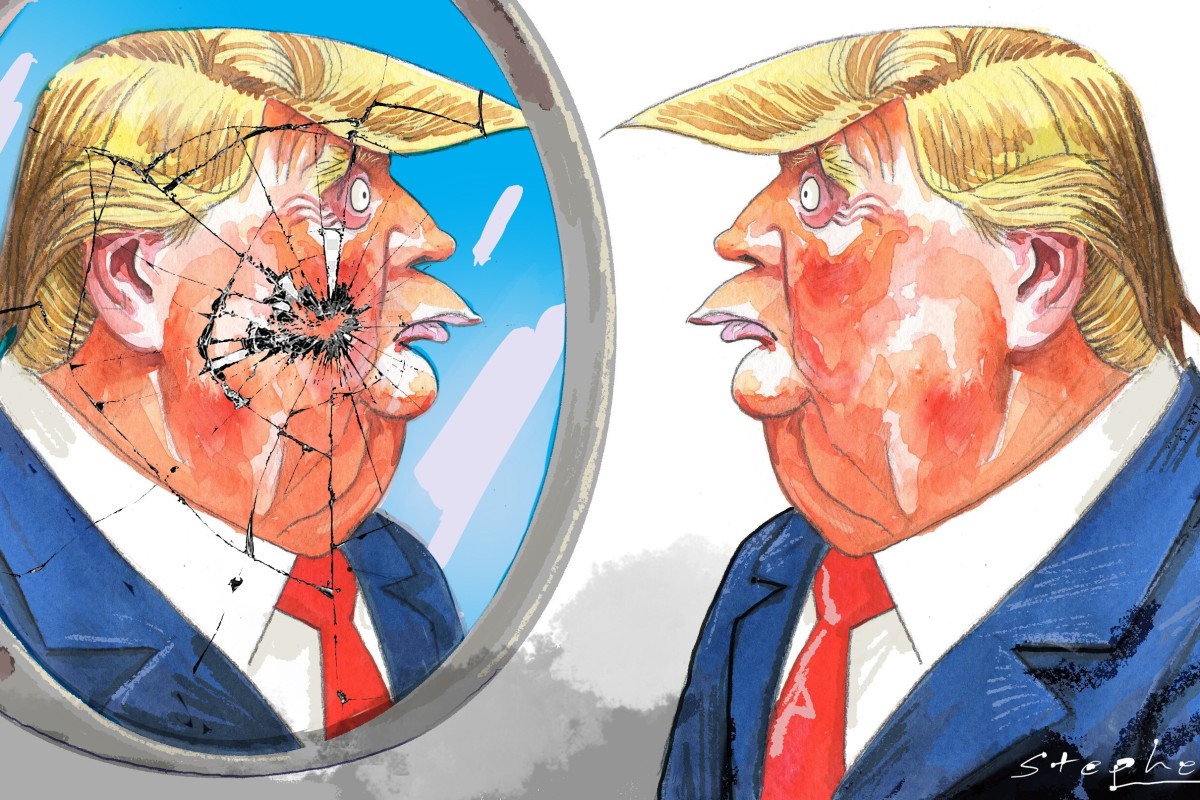Saturday, October 03, 2020
Coronavirus News (251)
Friday, October 02, 2020
Coronavirus News (250)
Jacindarella A fairy-tale election result beckons for New Zealand’s prime minister But the more popular she gets, the less transforming Jacinda Ardern becomes ........... She closed their borders to foreigners and rallied a “team of 5m” (ie, everyone in the country) to support one of the toughest lockdowns in the world. As a result, New Zealand has seen only 25 deaths from covid-19. ........... All this puts the prime minister on track for a big victory in an election on October 17th. The latest polls suggest that Labour may win 47% of the vote, which would give it 59 seats in the unicameral parliament. It needs 61 seats in the 120-seat chamber for an outright majority—a feat never achieved since New Zealand adopted a proportional voting system in 1996. ............ before the pandemic, Ms Ardern was on track to lose the election. She came into office with lofty plans to “build a fairer, better New Zealand” by reducing child poverty, ending homelessness and erecting 100,000 cheap houses—none of which she has managed to do. .......... Ms Ardern positioned herself as a transforming leader. But to win enough seats to bring about sweeping change, she must secure votes from centrists who are wary of grandiose ideas. The more successful she becomes, the less radical she is likely to be.
ELON MUSK: I REFUSE TO GET A COVID VACCINE But it’s undeniably been a weird turn for the scientifically-minded entrepreneur, who’s spread misleading information about the virus and infamously tweeted in early March that he predicted there to be “close to zero new cases” by the “end of April.” He also opined that “the coronavirus panic is dumb.” ......... To Musk, it seems as though the pandemic is essentially just nature taking its course. When Swisher pushed him, telling him that “this storm is coming again,” Musk retorted with a blunt “everybody dies.”
CHINA PLANS TO LAUNCH AN ANTITRUST PROBE INTO GOOGLE In an echo of the Trump administration’s crackdown on the Chinese app TikTok, the Chinese government just took aim at Google — preparing to launch an antitrust probe into the tech giant over alleged monopolistic behavior. ........... The probe itself was launched at the request of the Chinese tech corporation Huawei .......... Google could face a similar fate as it did in 2018, back when the European Union fined it over $5.1 billion for stifling Android’s competitors.
NATIONAL WEATHER SERVICE WARNS OF “ZOMBIE STORMS” the rare weather phenomenon occurs when strong tropical climates cause storms to come back from the dead. .......... That’s essentially what happened to Hurricane Paulette. The storm landed in Bermuda weeks ago as a Category 1 storm, intensified to a Category 2, and then lost speed. Then last week, Paulette joined the living dead by strengthening into a tropical storm once more, according to the National Hurricane Center. She made yet another reappearance about 300 miles off the Azores islands.
This Tiny Electric Car Is Selling Like Hot Cakes in China The no-frills model of the Hong Guang goes for 28,800 yuan (about $4,200 at current exchange rates). That’s less than a tenth of the cost of a Tesla Model 3 (291,800 yuan). ......... GM markets the car as “small on the outside, big on the inside.” It’s 9.5 feet long by 4.9 feet wide, and 5.3 feet tall. .......... Its max speed is 62 miles per hour (100 kilometers per hour), which isn’t quite fast enough for long trips on highways, but works great for moving around a city and its environs. Drivers can go about 105 miles on a single charge, and can monitor and control the car’s battery functions on a smartphone app.
COVID VACCINES CAN HAVE SOME NASTY SIDE EFFECTS — BUT ONLY FOR A DAY BEATS DYING, THOUGH. .......... The entire world is waiting with bated breath for an effective and safe COVID-19 vaccine. ........... take the day off after receiving a second dose. Plenty of other participants only experienced mild symptoms ............. Experts also worry that young people simply will take their chances with the virus rather than experience the side effects of a vaccine — which, of course, leaves them at risk of passing it along to more vulnerable populations.


